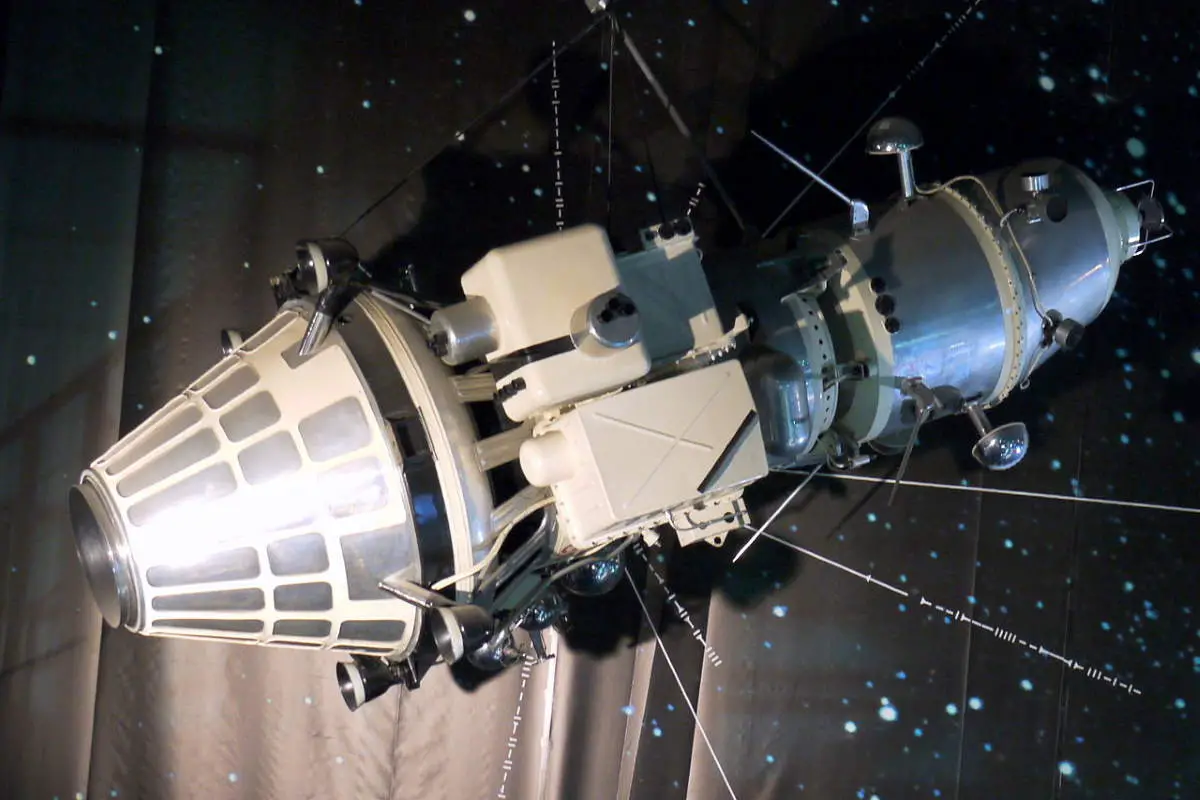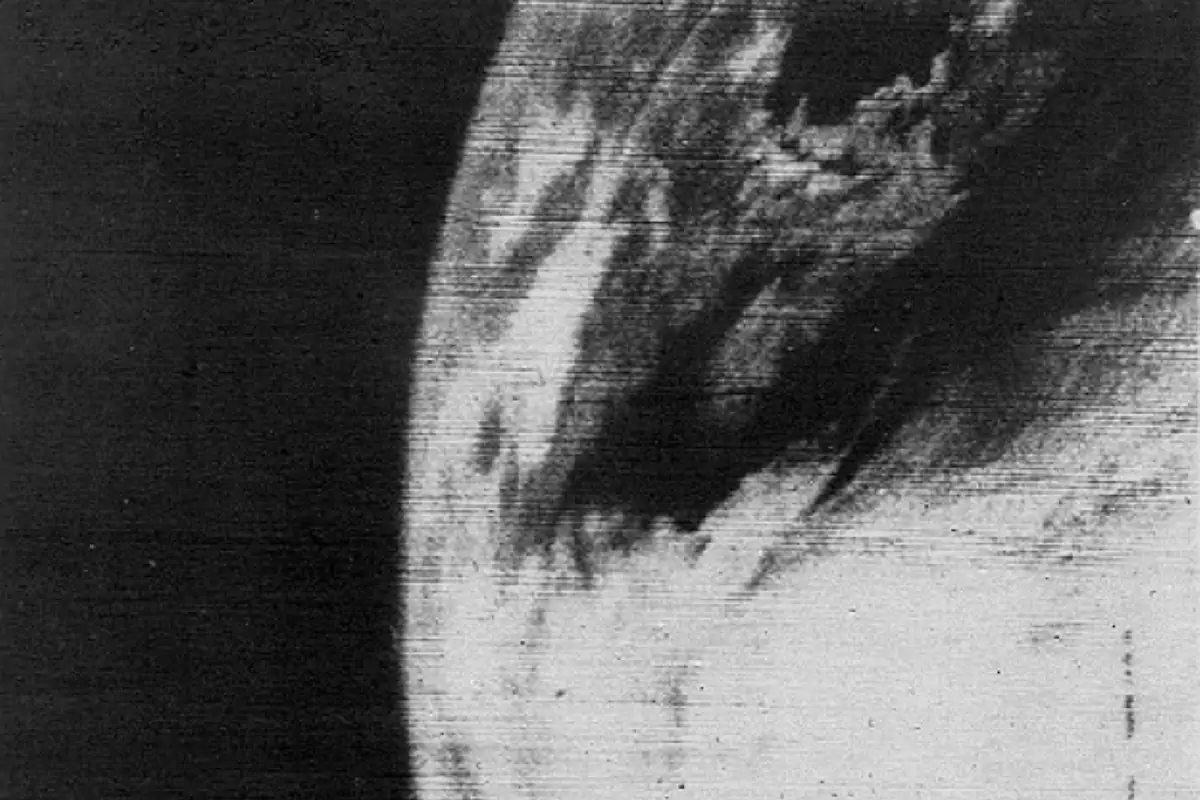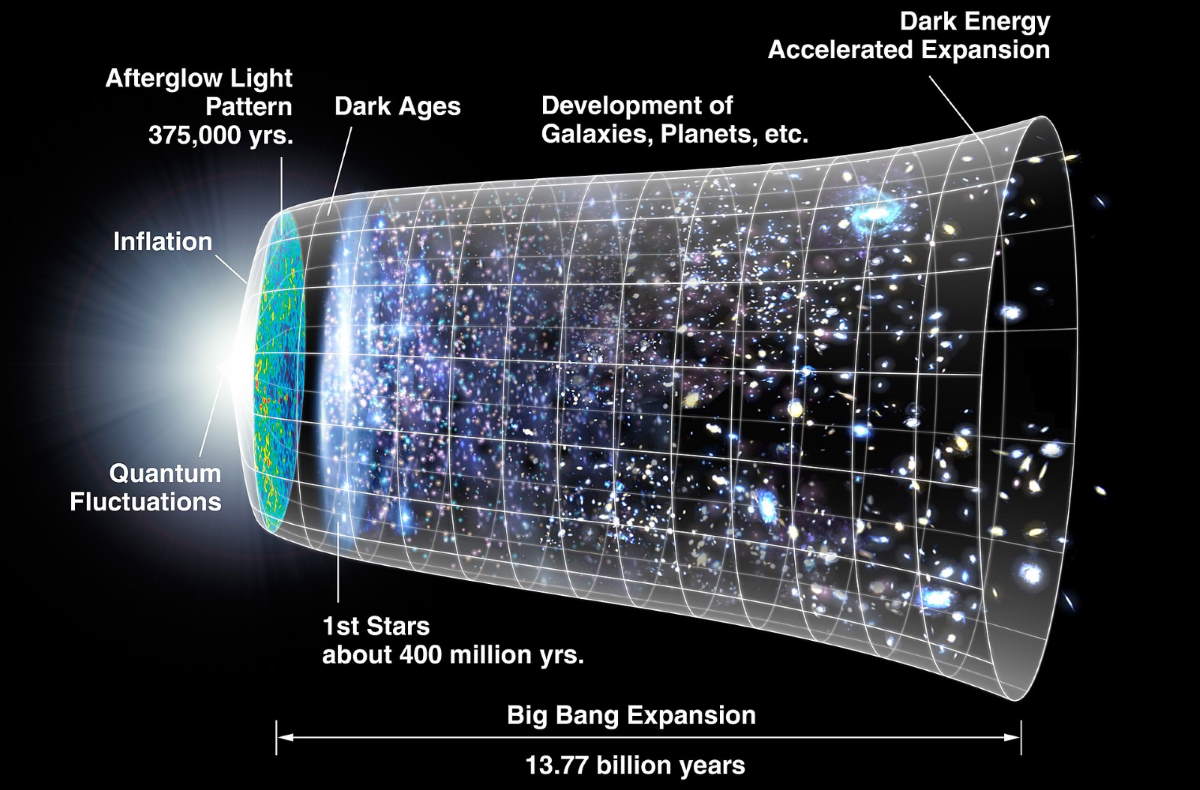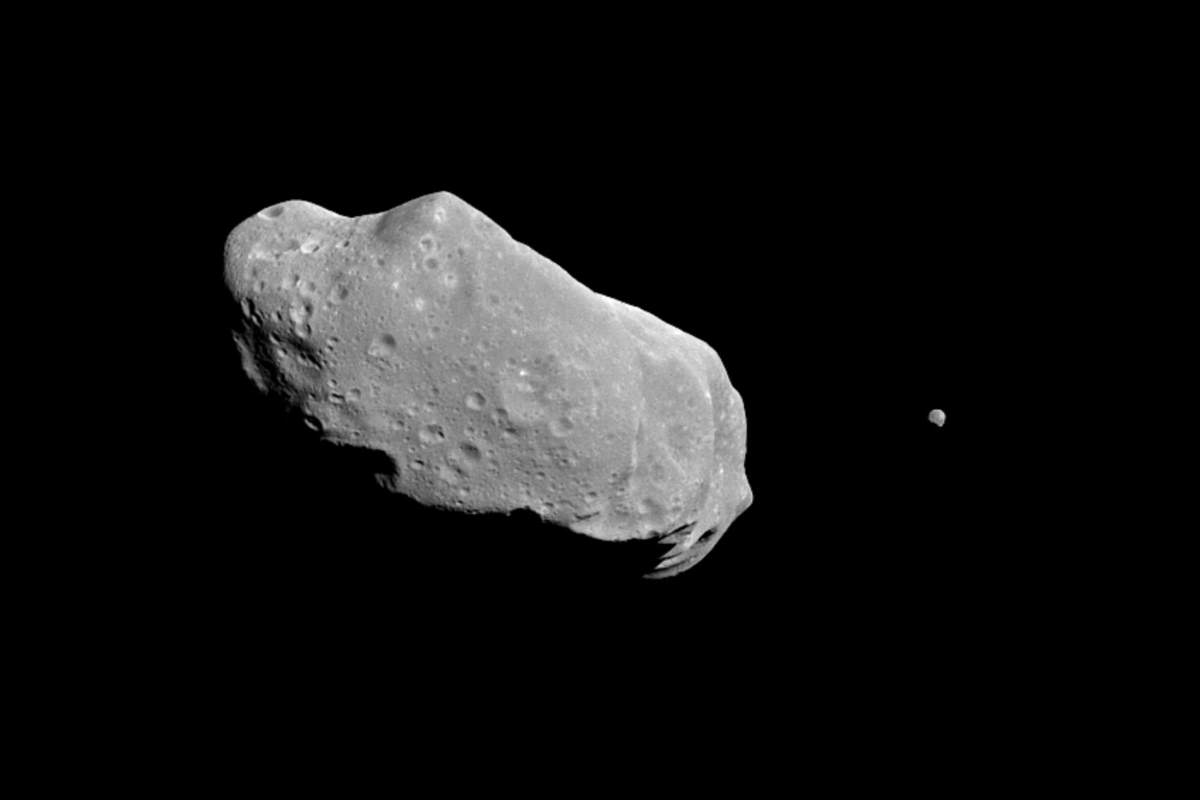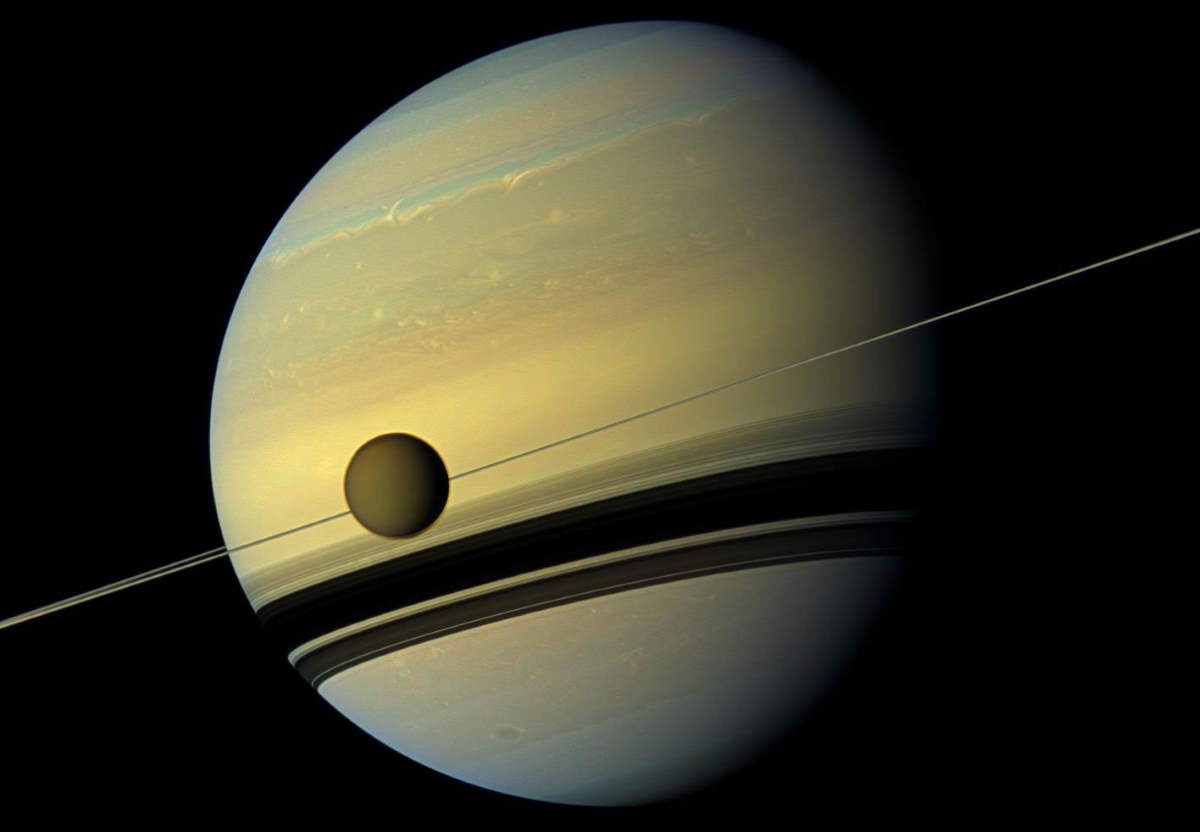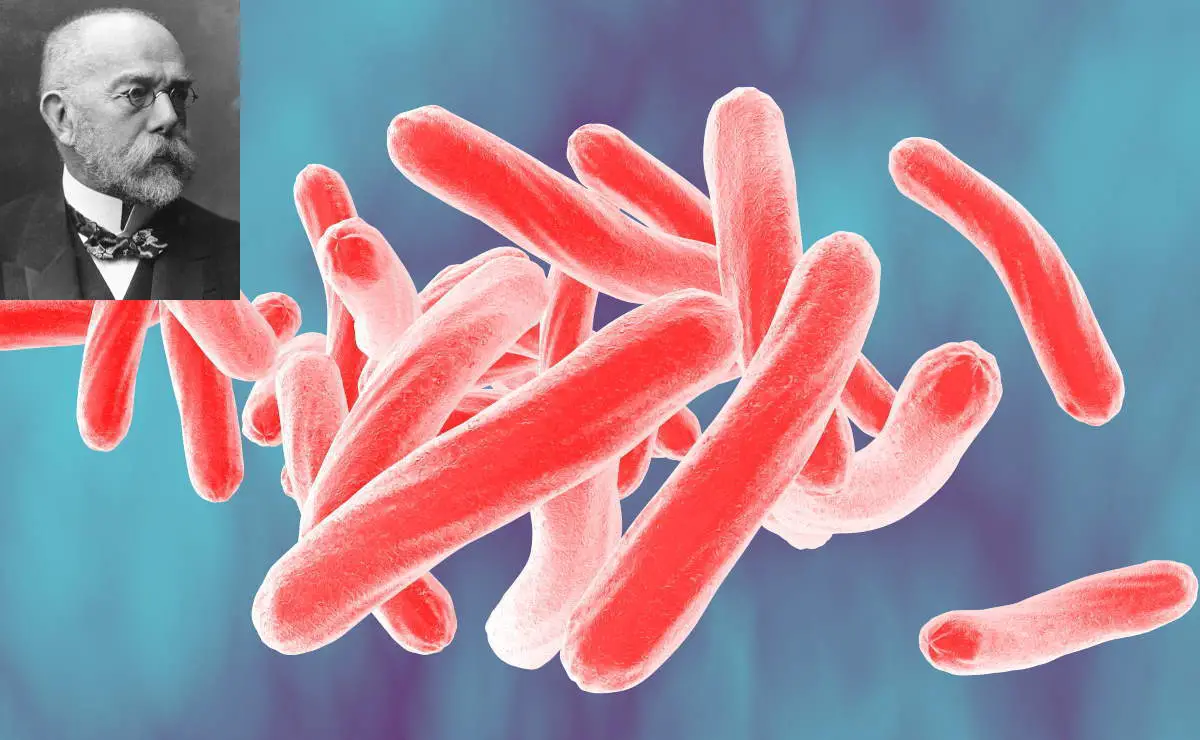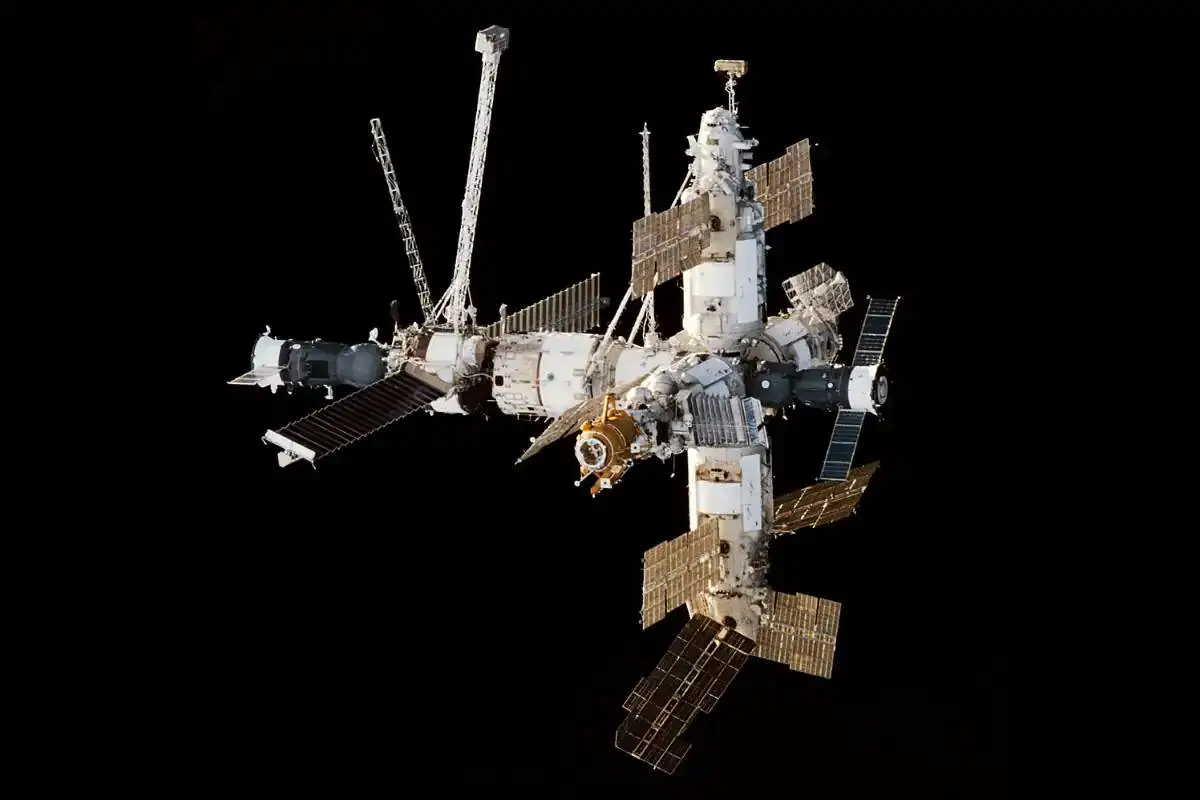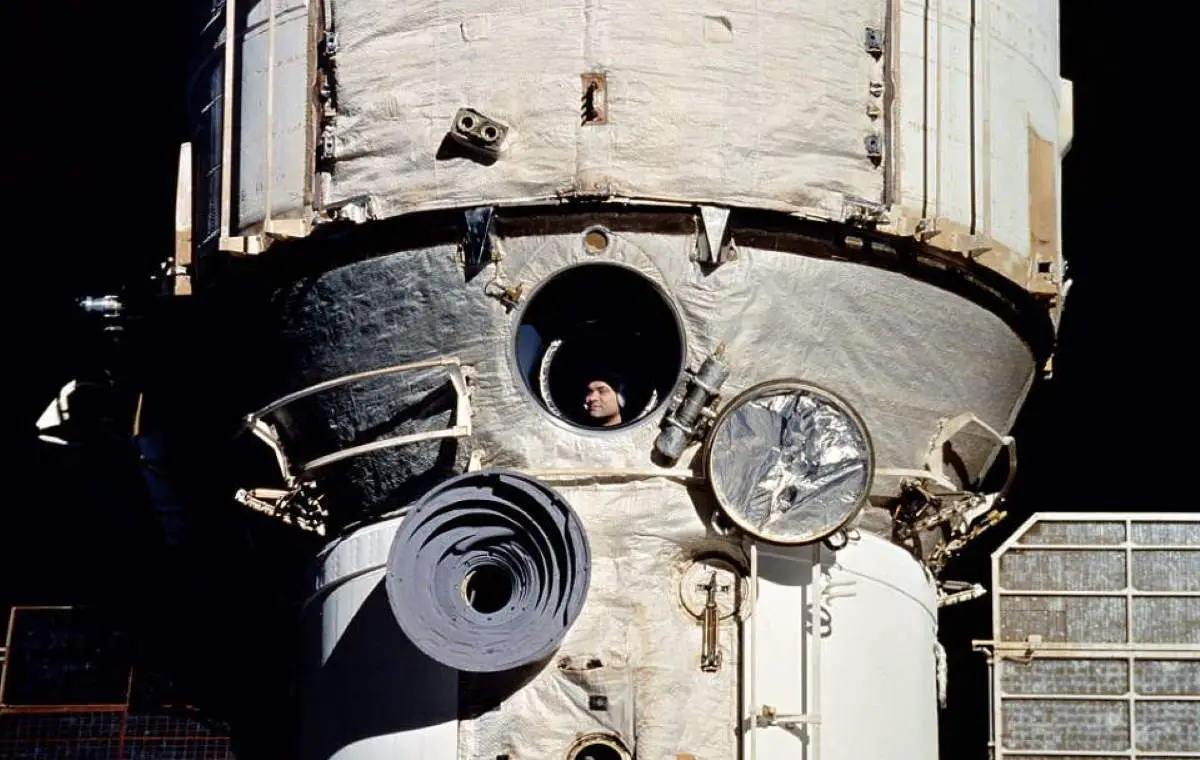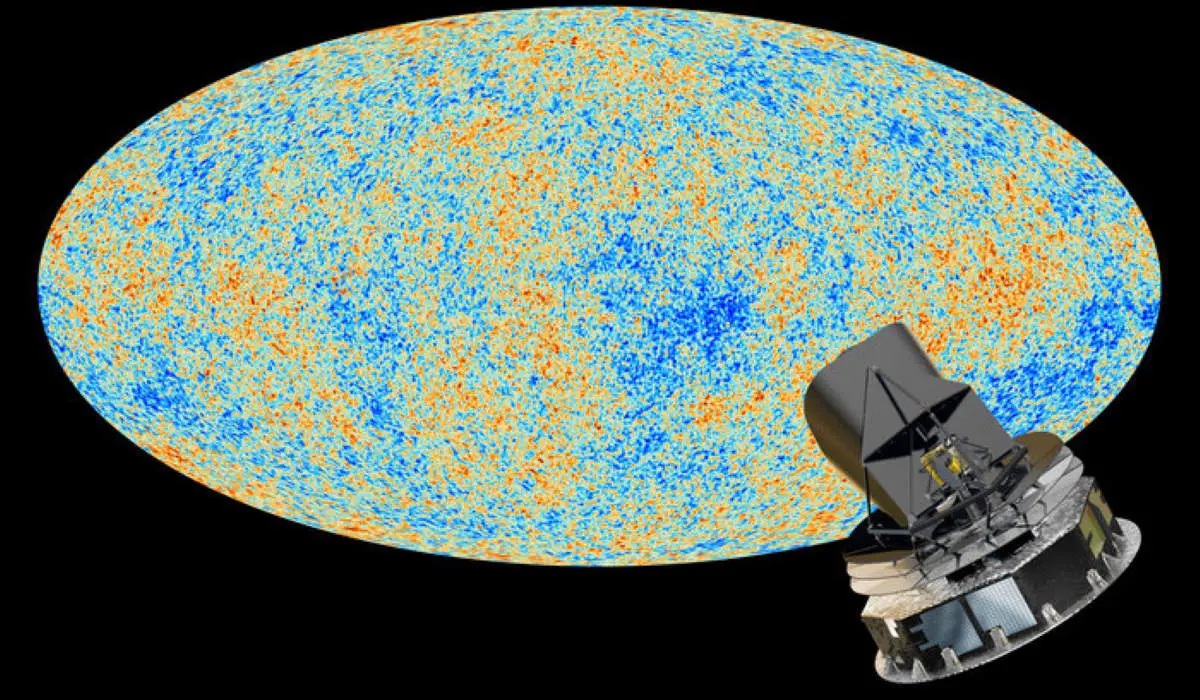On March 22, 1995, Russian cosmonaut Valeri Vladimirovich Polyakov returned to Earth from space aboard Soyuz TM-20. During this flight (it was Polyakov’s second spaceflight), he completed just over 7,000 orbits of the Earth. On 9 January 1995, after 366 days in space, Polyakov formally broke the spaceflight duration record previously set by the Soviet cosmonauts Vladimir Titov and Musa Manarov six years earlier. The previous record was 365 days 22 hours 38 minutes.
Upon returning to Earth, Polyakov spent 437 days, 17 hours, and 58 minutes in space and set the longest duration spaceflight record that still stands.
Today’s (March 22) story of what happened this day in Science, Technology, Astronomy, and Space Exploration history.

